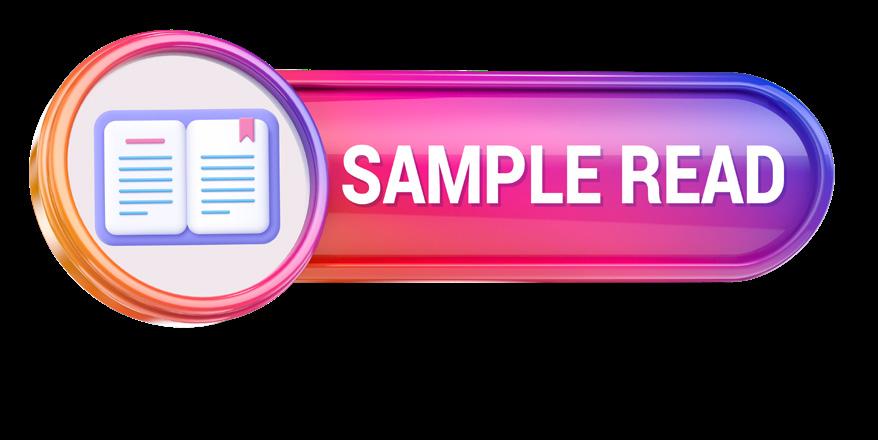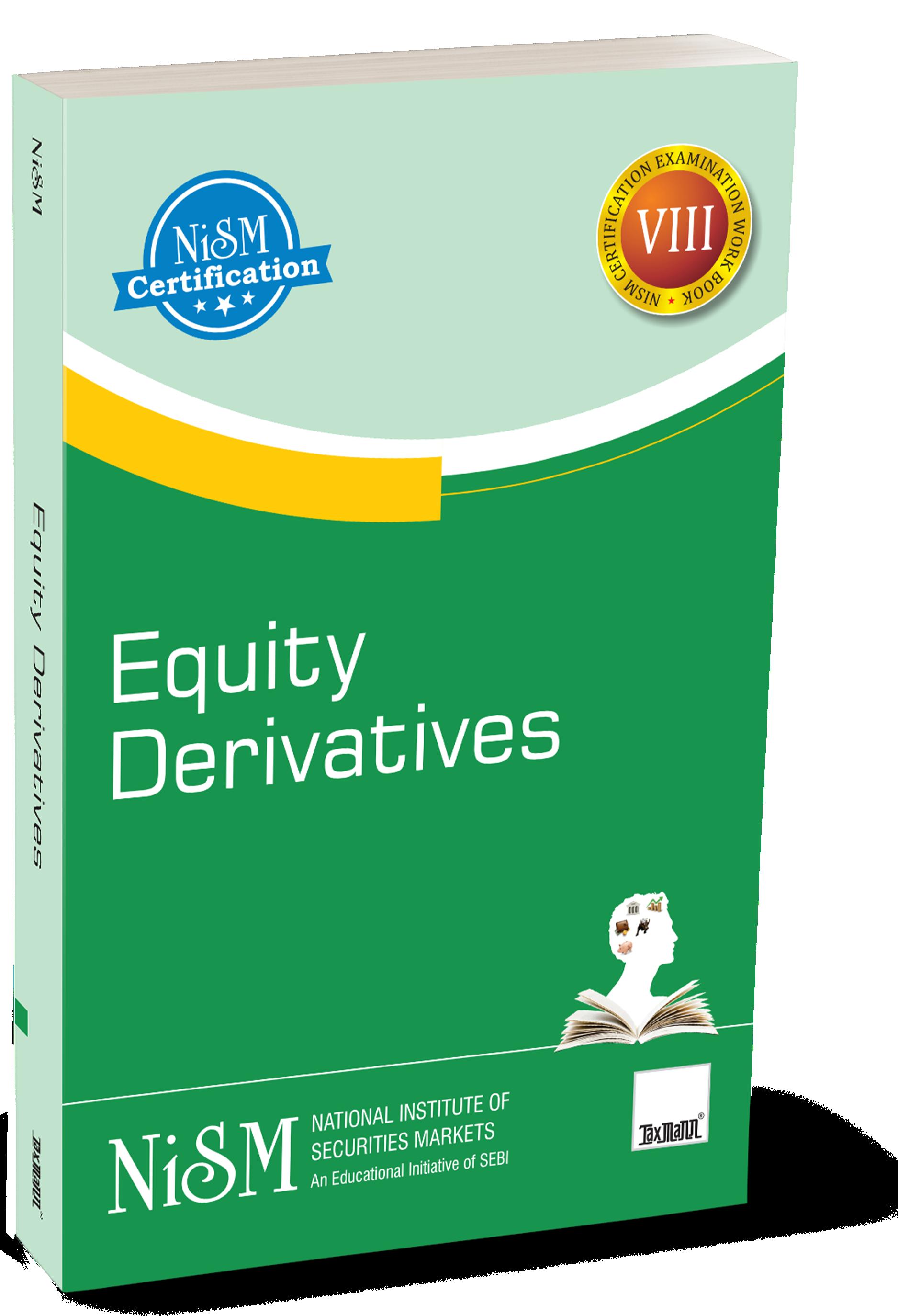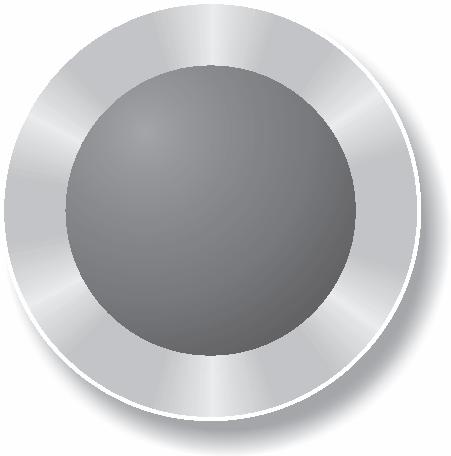
























After studying this chapter, you should know about:
Meaning of derivatives and types of derivatives products
History of derivatives market
Significance of derivative markets
Risks in derivatives trading
A derivative is a contract or a product whose value is derived from the value of some other asset known as the underlying. Derivatives are based on a wide range of underlying assets. These include:
Metals such as Gold, Silver, Aluminium, Copper, Zinc, Nickel, Tin, Lead, etc.
Energy resources such as Oil (crude oil, products, cracks), Coal, Electricity, Natural Gas, etc.
Agri commodities such as Wheat, Sugar, Coffee, Cotton, Pulses etc., and Financial assets such as Shares, Bonds and Foreign Exchange.
The history of derivatives may be mapped back to several centuries. Some of the specific milestones in evolution of the derivatives market worldwide are given below:

12th Century - In European trade fairs, sellers signed contracts promising future delivery of the items they sold.
13th Century - There are many examples of contracts entered into by English Cistercian Monasteries, who frequently sold their wool up to 20 years in advance, to foreign merchants.
1634-1637 - Tulip Mania in Holland: Fortunes were lost after a speculative boom in tulip futures burst.
Late 17th Century - In Japan at Dojima, near Osaka, a futures market in rice was developed to protect rice producers from bad weather or warfare.
In 1848, The Chicago Board of Trade (CBOT) facilitated trading of forward contracts on various commodities.
In 1865, the CBOT went a step further and listed the first “exchange traded” derivative contract in the US. These contracts were called “futures contracts”.
In 1919, Chicago Butter and Egg Board, a spin-off of CBOT, was reorganised to allow futures trading. Later its name was changed to Chicago Mercantile Exchange (CME).
In 1972, Chicago Mercantile Exchange introduced International Monetary Market (IMM), which allowed trading in currency futures.
In 1973, Chicago Board Options Exchange (CBOE) became the first marketplace for trading listed options.
In 1975, CBOT introduced Treasury bill futures contract. It was the first successful pure interest rate futures.
In 1977, CBOT introduced T-bond futures contract.
In 1982, CME introduced Eurodollar futures contract.
In 1982, Kansas City Board of Trade launched the first stock index futures.
In 1983, Chicago Board Options Exchange (CBOE) introduced option on stock indices with the S&P 100® (OEX) and S&P 500® (SPXSM) Indices.
Factors influencing the growth of derivative market globally
Over the last five decades, the derivatives market has seen a phenomenal growth. Many derivative contracts were launched at exchanges across the world. Some of the factors driving the growth of financial derivatives are:

Increased fluctuations in underlying asset prices in financial markets.
Integration of financial markets globally.
Use of latest technology in communications has helped in reduction of transaction costs.
Enhanced understanding of market participants on sophisticated risk management tools to manage risk.
Frequent innovations in derivatives market and newer applications of products.
As the initial step towards introduction of derivatives trading in India, SEBI set up a 24–member committee under the Chairmanship of Dr. L. C. Gupta on November 18, 1996 to develop appropriate regulatory framework for derivatives trading in India. The committee submitted its report on March 17, 1998 recommending that derivatives should be declared as ‘securities’ so that regulatory framework applicable to trading of ‘securities’ could also govern trading of derivatives. Subsequently, SEBI set up a group in June 1998 under the Chairmanship of Prof. J.R. Varma, to recommend measures for risk containment in derivatives market in India. The committee submitted its report in October 1998. It worked out the operational details of margining system, methodology for charging initial margins, membership details and net-worth criterion, deposit requirements and real time monitoring of positions requirements.
In 1999, The Securities Contracts (Regulation) Act (SCRA) was amended to include “derivatives” within the domain of ‘securities’ and a regulatory framework was developed for governing derivatives trading. In March 2000, the government repealed a three-decade-old notification, which prohibited forward trading in securities. The exchange traded derivatives started in India in June 2000 with SEBI permitting BSE and NSE to introduce the equity derivatives segment. To begin with, SEBI approved trading in index futures contracts based on Nifty and Sensex, which commenced trading in June 2000. Later, trading in Index options commenced in June 2001 and trading in options on individual stocks commenced in July 2001. Futures contracts on individual stocks started in November 2001. Metropolitan Stock Exchange of India Limited (MSEI) started trading in derivative products in February 2013.

It is a contractual agreement between two parties to buy/sell an underlying asset at a certain future date for a particular price that is pre-decided on the date of contract. Both the contracting parties are committed and are obliged to honour the transaction irrespective of the price of the underlying asset at the time of delivery. Since forwards are negotiated between two parties, the terms and conditions of contracts are customized. These are Over-the-Counter (OTC) contracts.
A futures contract is similar to a forward, except that the deal is made through an organized and regulated exchange rather than being negotiated directly between two parties. Futures are also standardized contracts (in terms of their lot size, maturity date, etc.) so that they can be traded on the exchange. Indeed, we may say futures are exchange traded forward contracts.
An Option is a contract that gives the right, but not an obligation, to buy or sell the underlying on or before a stated date and at a stated price. While the buyer of an option pays the premium and buys the right, the writer/seller of an option receives the premium with the obligation to sell/buy the underlying asset, if the buyer exercises his right.
A swap is an agreement made between two parties to exchange cash flows in the future according to a prearranged formula. Swaps are, broadly speaking, a series of forward contracts. Swaps help market participants manage risks associated with volatile interest rates, currency exchange rates and commodity prices.
There are broadly three types of participants in the derivatives market - hedgers, traders (also called speculators) and arbitrageurs. An individual may play different roles in different market circumstances.

They face risk associated with the prices of underlying assets and use derivatives to reduce their risk. Corporations, investing institutions and banks all use derivative products to hedge or reduce their exposures to market variables such as interest rates, share prices, bond prices, currency exchange rates and commodity prices.
Speculators/Traders
They try to predict the future movements in prices of underlying assets and based on the view, take positions in derivative contracts. Derivatives are preferred over underlying asset for trading purpose, as they offer leverage, are less expensive (cost of transaction is generally lower than that of the underlying) and are faster to execute in size (high volumes market).
Arbitrageurs
Arbitrage is a deal that produces profit by exploiting a price difference in a product in two different markets. Arbitrage originates when a trader purchases an asset cheaply in one location and simultaneously arranges to sell it at a higher price in another location. Such opportunities are unlikely to persist for very long, since arbitrageurs would rush into these transactions, thus closing the price gap at different locations.
In the modern world, a huge variety of derivatives products are available. They are either traded on organised exchanges (called exchange traded derivatives) or agreed directly between the contracting counterparties over the telephone or through electronic media (called Over-the-Counter (OTC) derivatives). A few complex products are constructed on simple building blocks like forwards, futures, options and swaps to cater to the specific requirements of customers.
The over-the-counter market is not a physical marketplace but a collection of broker-dealers scattered across the country. The main idea of the market is more a way of doing business than a place. Buying and selling of contracts are matched through negotiated bidding process over a network of telephone or electronic media that link thousands of intermediaries. OTC derivative markets have witnessed a substantial growth over the past few years, very much contributed by the recent developments in information technology. The OTC derivative markets have banks, financial

institutions and sophisticated market participants like hedge funds, corporations and high net-worth individuals. OTC derivative market is a less regulated market because these transactions occur in private among qualified counterparties, who are supposed to be capable enough to take care of themselves.
In the OTC derivatives markets, transactions among the dealing counterparties, have the following features compared to exchange traded derivatives:
Contracts are tailor made to fit in the specific requirements of dealing counterparties.
The management of counter-party (credit) risk is decentralized and located within individual institutions.
There are no formal centralized limits on individual positions, leverage, or margining.
There are no formal rules or mechanisms for risk management to ensure market stability and integrity, and for safeguarding the collective interest of market participants.
Transactions are private with little or no disclosure to the entire market. On the contrary, exchange-traded contracts are standardized, traded on organized exchanges with prices determined by the interaction of buyers and sellers through anonymous auction platform. A clearing corporation guarantees contract performance (settlement of transactions).
Like other segments of Financial Market, the derivatives market serves the following specific functions:
It helps in improving price discovery based on actual valuations and expectations.
It enables the transfer of various risks from those who are exposed to risk but have a low risk appetite to participants with a high risk appetite. For example, hedgers want to give away the risk whereas traders are willing to take risk.
It enables the shift of speculative trades from the unorganized market to the organized market. Risk management mechanism and surveillance of activities of various participants in the organized space provide stability to the financial system.

Market participants must understand that derivatives, being leveraged instruments, have risks like counterparty risk (default by counterparty), price risk (loss on position because of price move), liquidity risk (inability to exit from a position), legal or regulatory risk (enforceability of contracts), operational risk (fraud, inadequate documentation, improper execution, etc.) and may not be an appropriate avenue for someone of limited resources, or having limited trading experience, or with low risk tolerance. A market participant should therefore carefully consider whether such trading is suitable for him/her based on these parameters. Market participants, who trade in derivatives are advised to carefully read the Model Risk Disclosure Document, given by the broker to his clients at the time of signing agreement.
A Model Risk Disclosure Document is issued by the members of Exchanges and contains important information on trading in Equities and F&O Segments of exchanges. All prospective participants should read this document before trading on Capital Market/Cash Segment or F&O segment of the Exchanges.

1. An index option is a __________________.
(a) Debt instrument
(b) Derivative product
(c) Cash market product
(d) Money market instrument
2. The purchase of a share in one market and the simultaneous sale in a different market to benefit from price differentials is known as ____________.
(a) Mortgage
(b) Arbitrage
(c) Hedging
(d) Speculation
3. Financial derivatives provide the facility for __________.
(a) Trading
(b) Hedging
(c) Arbitraging
(d) All of the above
4. Operational risks include losses due to ____________.
(a) Inadequate disaster planning
(b) Too much of management control
(
c) Income tax regulations
(d) Government policies
AUTHOR : NISM
PUBLISHER : TAXMANN
DATE OF PUBLICATION : JULY 2023
EDITION : WORKBOOK VERSION - MAY 2023
ISBN NO : 9789357782258
NO. OF PAGES : 244
BINDING TYPE : PAPERBACK


This book seeks to create a common minimum knowledge benchmark for associated persons functioning as approved users and sales personnel of the trading member of an equity derivatives exchange or equity derivative segment of a recognised stock exchange.
This book covers the following topics:
Basics of Equity Derivatives
Trading Strategies using Equity Futures and Equity Options
Clearing, Settlement and Risk Management
Regulatory Environment in which Equity Derivatives operate in India
This book will be helpful for all those who want to understand better various derivatives products available in the Indian equity derivatives markets.
The Present Publication is the May 2023 workbook version, published exclusively by Taxmann for NISM Certification Examination VIII [Equity Derivatives], with the following coverage:
Basics of Derivatives
Understanding the Index
Introduction to Forwards and Futures
Introduction to Options
Strategies using Equity Futures and Equity Options
Trading Mechanism
Introduction to Clearing and Settlement System
Legal and Regulatory Environment
Accounting and Taxation
Sales Practice and Investor Protection Services